#gardner fox
Text

Warrior of Llarn - art by Frank Frazetta (1964)
#frank frazetta#warrior of llarn#60s fantasy art#60s sci-fi art#pulp art#sci-fi novels#gardner fox#science-fiction#cover art#sixties#1964
265 notes
·
View notes
Text






The Quaking Horror
by Rafael Auraleón (art) & Gardner Fox (script)
from Creepy #65, September 1974
source
#the quaking horror#rafael auraleón#gardner fox#creepy magazine#warren#horror art#comic art#horror comics#lovecraftian horror#full story
72 notes
·
View notes
Text

October 1966. You can't keep a dead butler down. About two years after killing off Alfred the butler in 1964, editor Julius Schwartz was faced with a problem: William Dozier, the producer of the forthcoming Batman TV show, wanted to include Alfred in the show, and wanted him reintroduced into the comics as well! Schwartz and writer Gardner Fox struggled with this challenge and finally came up with the utterly preposterous story presented in the issue above.
Even for a Silver Age Gardner Fox comic book, this story is exceptionally convoluted, so it's best considered chronologically. We begin with a flashback sequence involving iconoclastic "all-around scientific genius" Brandon "Plot Device" Crawford:
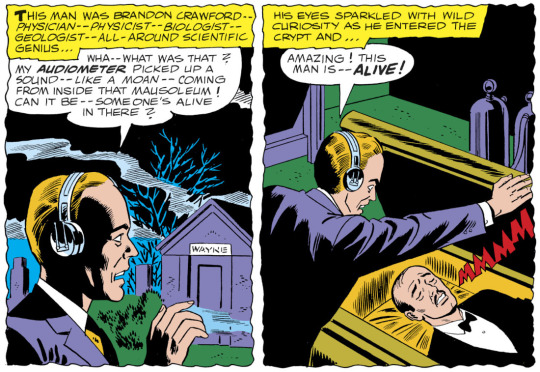
This is already straining credulity a little because the story in DETECTIVE COMICS #328 in which Alfred died (helpfully recapped elsewhere in this issue) showed that he had been crushed to death by a giant boulder. That did not seem survivable at all, and even if it were, this would imply that neither Batman and Robin nor whatever doctor who filled out Alfred's death certificate nor the mortician noticed that he wasn't actually dead! Anyway …

So, Alfred wasn't actually dead, he wasn't embalmed, and he was buried in a refrigerated coffin (that's what the purple cylinders in the last panel previous page were for). A stretch, but we'll allow it. However, upon discovering this, Crawford, instead of calling an ambulance like a normal person, seizes on the opportunity to do some Frankenstein shit with Alfred's maimed, broken, mostly dead body, as one does (if one is a reclusive "radical individualist" who dropped out of college to pursue unorthodox, dubiously ethical scientific experiments, I guess).
One of the initial objects of Schwartz's tenure had been to rid the Batman books of the fantastical aliens, monsters, and bizarre transformations of the 1957–1963 period in favor of something a little more grounded. All that goes out the window here, despite the rather defensive editorial footnote, which says:
EDITOR'S NOTE: Physics professor Robert Ettinger, author of "The Prospect of Immortality," has said that death can only be defined in relative terms. He points to the hundreds of persons revived after drowning, asphyxiation, electrocution, and heart attack. "Biological death depends not only on the state of the body," Ettinger says, "but also on the state of medical art!"
Okay, then. On to the Frankenstein shit:
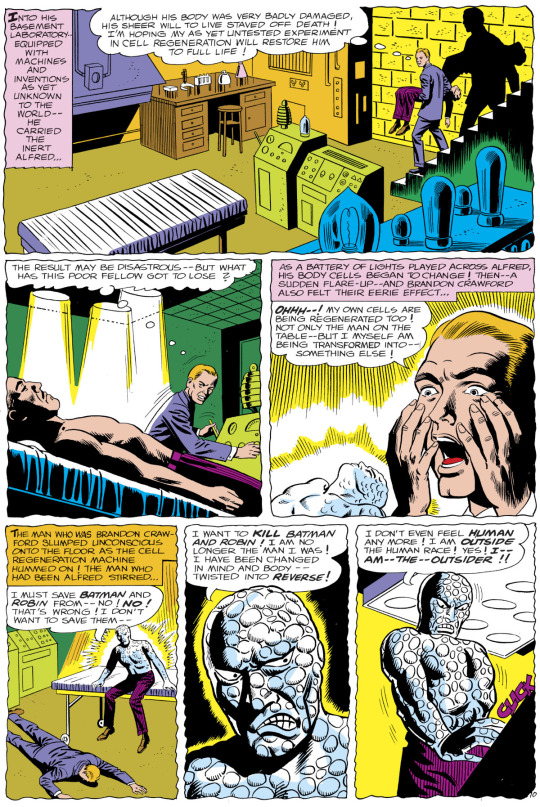
So, Crawford's experimental cell regeneration machine has restored Alfred's broken body, but in the process transformed him into an unrecognizable, rather hideous-looking being who is also evil. Check! The regeneration effect we see Crawford panicking about then transforms him so that he looks like Alfred, while leaving him in "a catatonic trance." The Outsider, rather ungratefully, puts Crawford's unconscious body back in Alfred's coffin to cover his tracks, and uses Crawford's various machines and his own "increased mental power" in his new quest to destroy Batman and Robin.
This was not the first appearance of the Outsider, who had actually been hounding the Dynamic Duo on and off since DETECTIVE COMICS #334 two years earlier, although he had never appeared on-panel, and his identity had been a mystery. Where Schwartz originally intended to take that plotline is not clear (Schwartz's own account doesn't say, and Gardner Fox said later that he didn't think Schwartz had a solution in mind at the outset), but it doesn't seem likely that revealing the Outsider as Alfred was the plan, particularly since subsequent Outsider stories had shown that the villain had superhuman powers, including the ability to bring inanimate objects to life! In this story, the Outsider really does transform Robin into a wooden coffin, as the cover indicates — it's not a hypnotic illusion or some other such dodge. Fortunately, the effect is reversed after the villain is defeated:

Batman's determination to keep these events secret from Alfred is bizarre, since Alfred's death is a matter of public record: As seen in DETECTIVE COMICS #328, Bruce Wayne started a charitable foundation in Alfred's name, with its own building in Gotham City! Batman suggests that they can rename the charity the Wayne Foundation (as of course they subsequently did), but how he expects to resolve the various problems created by Alfred having been legally dead for months without his finding out is unclear. They do take the time to retrieve Crawford (who has miraculously not suffocated or starved to death in Alfred's coffin) and use his machine to return him to normal, after which Batman suggests that Bruce Wayne will give Crawford a job at the renamed foundation.
If you're wondering, "Wait, does this mean Alfred now had super-powers?" the answer is yes! Since he didn't retain any conscious memory of his death and resurrection, he was normally unaware of this, but Alfred's evil Outsider personality resurfaced several times, and he sometimes spontaneously reverted to the Outsider's form, in which he once again had supernatural abilities:

Notice the background, with the buildings burning like candles? The Outsider did that with his mental powers, along with a bunch of less grandiose but equally impossible feats. Fortunately, they reverted to normal after he split into separate good (Alfred) and evil (Outsider) selves and defeated himself. The Outsider resurfaced once more in 1985, battling the Outsiders and nearly killing Superman by transforming the Batcave's giant penny into Green Kryptonite.
I guess this whole saga did resolve the problem of resurrecting Alfred for the TV show, but in what I think can fairly be called the most ludicrous way possible. (And you thought the PENNYWORTH show spun out of GOTHAM was silly …)
#comics#detective comics#gardner fox#sheldon moldoff#joe giella#julius schwartz#carmine infantino#alfred pennyworth#batman#bruce wayne#robin#robin the boy wonder#dick grayson#batman 66#batman family#jim aparo#i love that crawford has this whole frankenstein scheme#including his little speech about the world not appreciating his genius#and it's a complete throwaway#he's not even a supervillain he's just some guy#the pennyworth show actually isn't that ludicrous at the outset#but it takes a sharp detour into crazytown as the second season progresses
127 notes
·
View notes
Text

Detective Comics #32 (1939) by Bob Kane, Sheldon Moldoff & Gardner Fox
#bruce wayne#batman#detective comics#dc#sheldon moldoff#gardner fox#bob kane#dc comics#comics#30s#30s comics
39 notes
·
View notes
Text
Jay Garrick's Golden Age tactics:
Being fast and catching bullets and stuff
Running so fast he's invisible and eavesdropping on evil plans
Stripping dudes, like, a lot

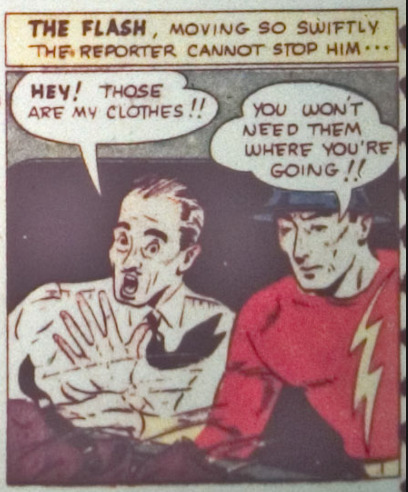




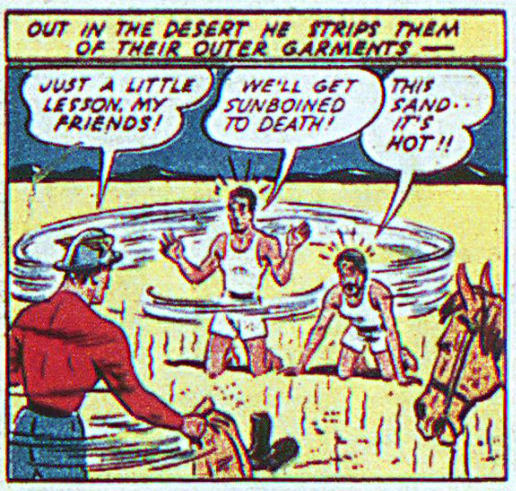
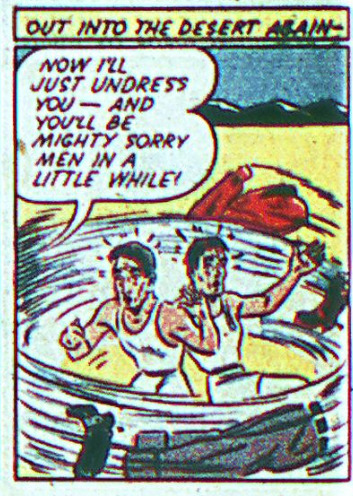
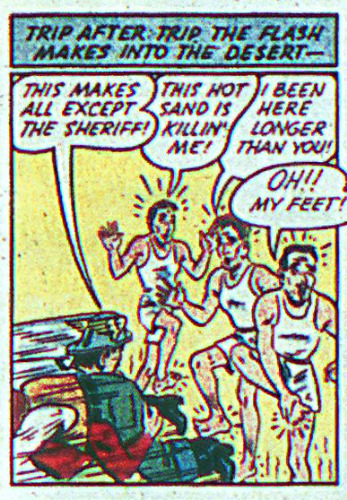
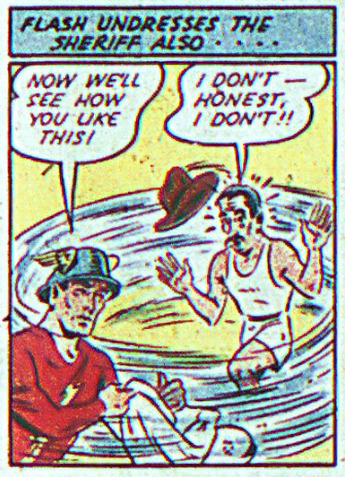
And by "a lot" I mean these are all from his first thirteen appearances
#the flash#jay garrick#golden age comics#gardner fox#e. e. hibbard#i miss scans daily#image sources are in the alt text#but seriously just look up an issue of flash comics he's probably stripping someone#long post
65 notes
·
View notes
Text
Though created for the TV show, Barbara Gordon/Batgirl made her first appearance in Detective Comics 359, cover date January, 1967. Her comic book appearance was created by Gardner Fox and Carmine Infantino. ("The Million Dollar Debut of Batgirl", "Elongated Man: Riddle of the Sleepytime Taxi", Detective Comics 359#, DC Comic Event)
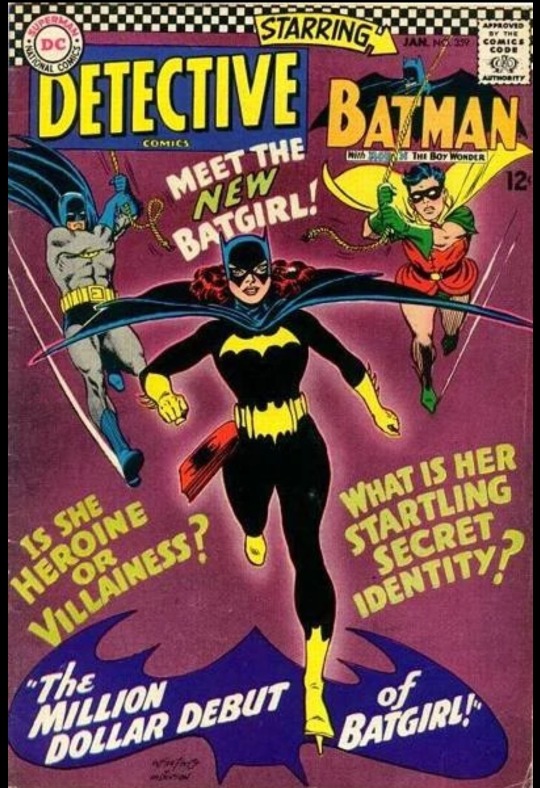
#nerds yearbook#real life event#first appearance#comic book#dc comics#dc#january#1967#gardner fox#carmine infantino#batgirl#barbara gordon#detective comics#batman#robin#alfred pennyworth#commissioner james gordon#jim gordon#killer moth#larva#pupa#gotham city
38 notes
·
View notes
Text
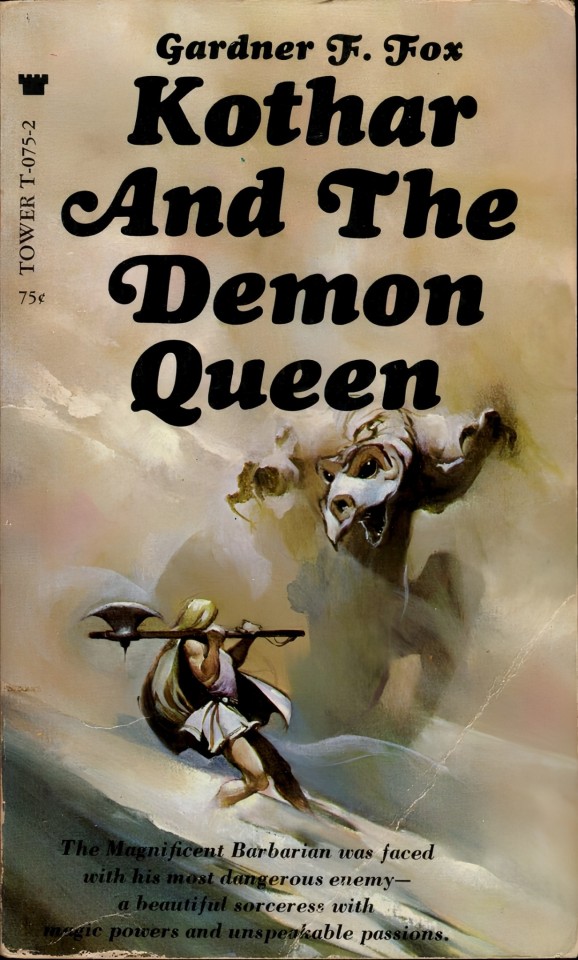
42 notes
·
View notes
Text

Niall of the Far Travels and Lylthia ponder "The Cup of Golden Death" in John Barnes' cover art and Gardner F Fox's story, Dragon 38, June 1980
#D&D#Dungeons & Dragons#John Barnes#Gardner Fox#barbarian#Niall of the Far Travels#Niall#Dragon magazine#dnd#The Cup of Golden Death#Gardner F Fox#Dungeons and Dragons#TSR
63 notes
·
View notes
Photo
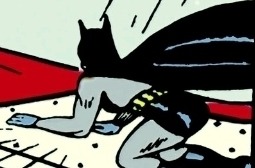
450 notes
·
View notes
Text

Detective Comics #377 - July 1968 (DC Comics - USA)
Cover Art: Irv Novick
THE RIDDLER'S PRISON-PUZZLE PROBLEM!
Script: Gardner Fox
Art: Frank Springer (Pencils), Sid Greene (Inks)
Characters: Batman [Bruce Wayne]; Robin [Dick Grayson]; Riddler [Edward Nigma] (villain)
Batman story #1,239
#comics#dc comics#detective comics#batman#robin#riddler#irv novick#gardner fox#frank spinger#sid greene#1968
46 notes
·
View notes
Text


the Valley of Vanishing Men, by Joe Kubert and Gardner Fox.
#Brave and the Bold#Hawkman#Joe Kubert#Gardner Fox#Splash Page Process#Splash Page#Process#DC Comics#DC#Comics#Art#Illustration#Master Class
23 notes
·
View notes
Text

#conehead#gardner fox#science fiction#book poll#have you read this book poll#polls#i had to see the weird coneheads movie poster bc of this and i did not like it
10 notes
·
View notes
Text

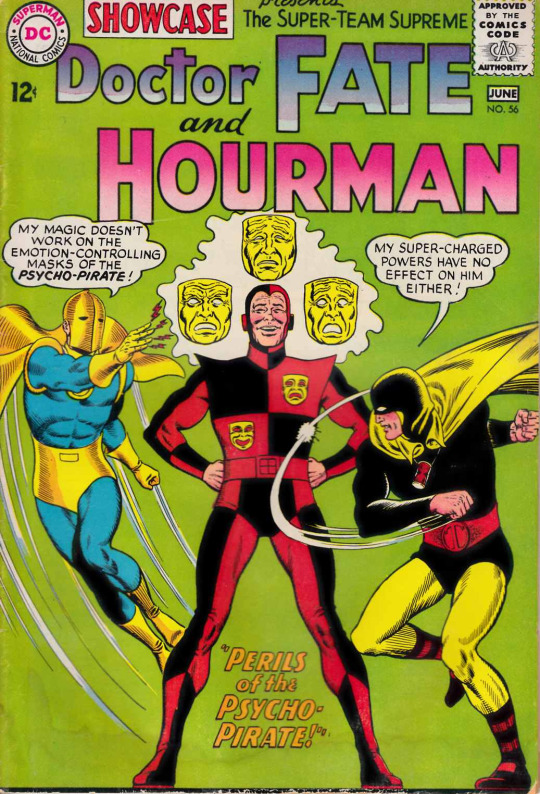
For a long time, the main impetus for DC reprinting any its voluminous back catalog was some promotional or licensing tie-in: a movie, a TV show, some merchandise they were trying to push, or just a popular ongoing book. Given how prominently Dr. Fate was featured in the recent BLACK ADAM movie, therefore, it's surprising and somewhat disheartening that DC didn't take the opportunity to do some kind of greatest hits compilation for the character, who was certainly the best thing about that mostly terrible film.
This is especially unfortunate because you could fit quite a bit of Dr. Fate's Silver Age and Bronze Age non-JSA appearances in a single volume, starting with the two 1965 SHOWCASE team-ups with Hourman shown above, by Gardner Fox and Murphy Anderson. There are also a number of later team-ups with Superman and Batman:
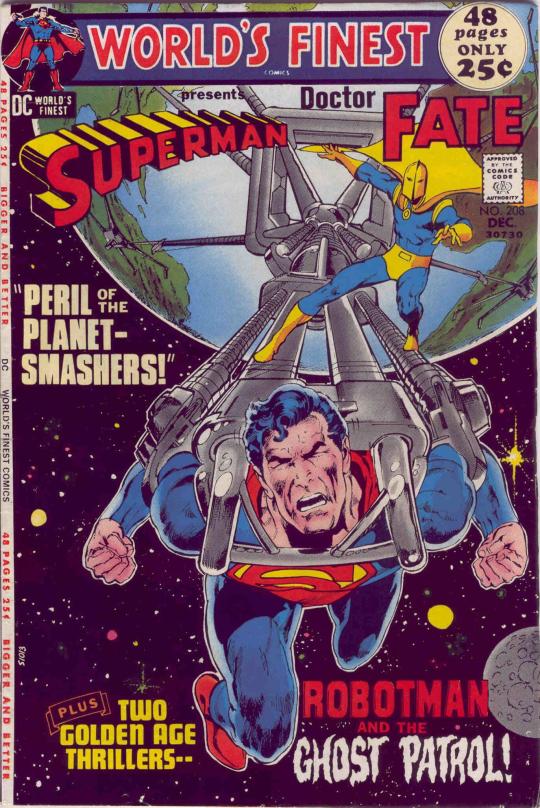


Fate then got a couple of solo features in the '70s:

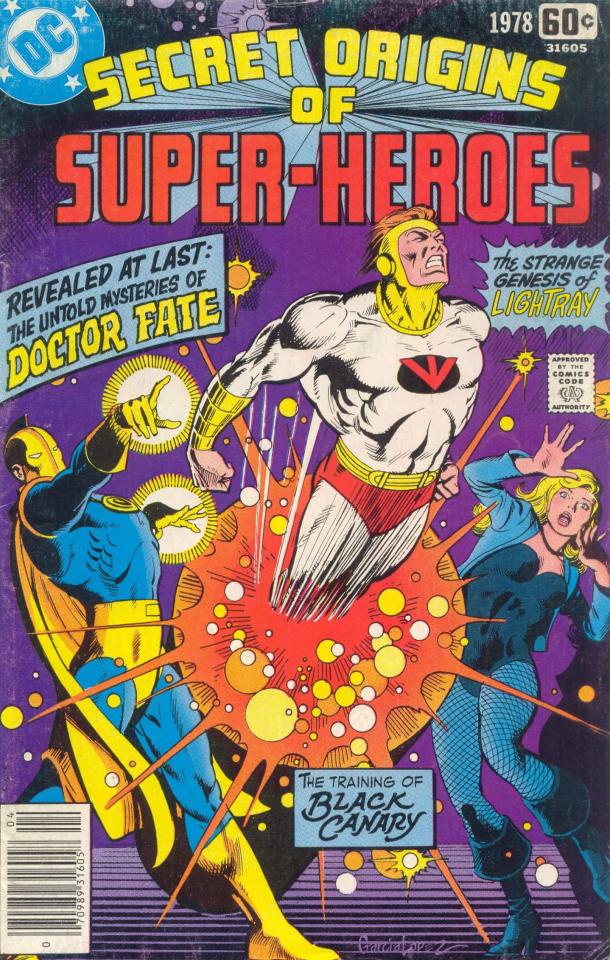
Kubert cover notwithstanding, the 1ST ISSUE SPECIAL story, which is written by Marty Pasko, has some really outstanding early Walt Simonson art, while the SECRET ORIGINS OF SUPER-HEROES story has an eight-page retelling of Fate's origin, narrated by Kent Nelson's wife Inza, by the ALL-STAR team of Paul Levitz and Joe Staton.
In 1982, Doctor Fate got his own eight-page backup feature in, weirdly enough, THE FLASH #306–313. Despite what a couple of the covers imply, there wasn't a team-up between the Flash and Fate (who in those days still existed on separate parallel Earths); the Fate strip was just an unrelated second feature.


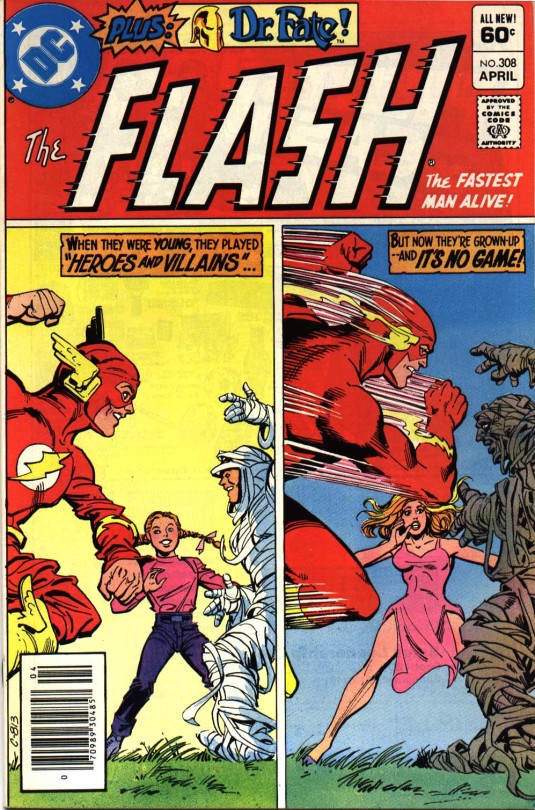
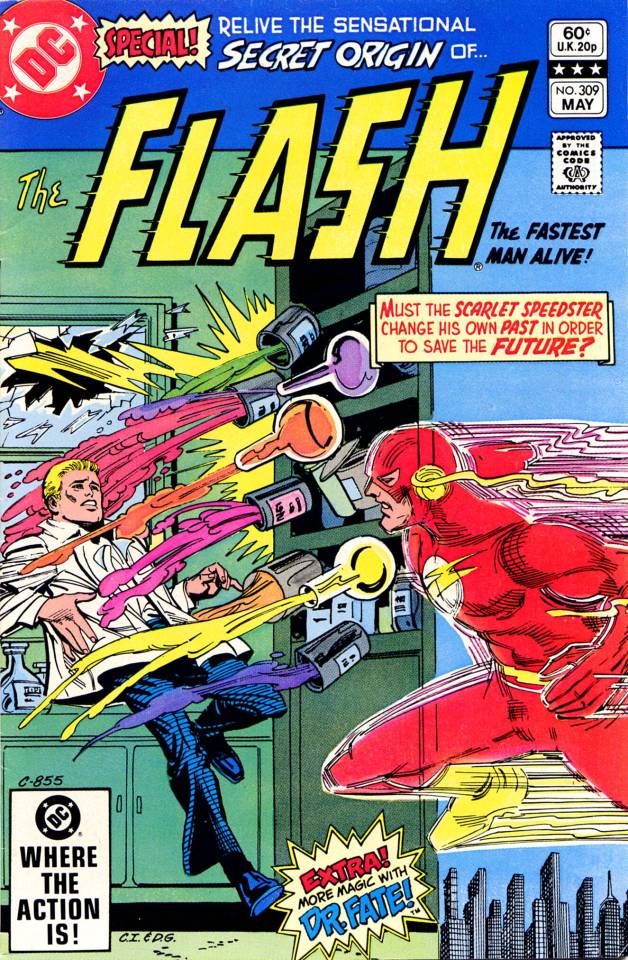
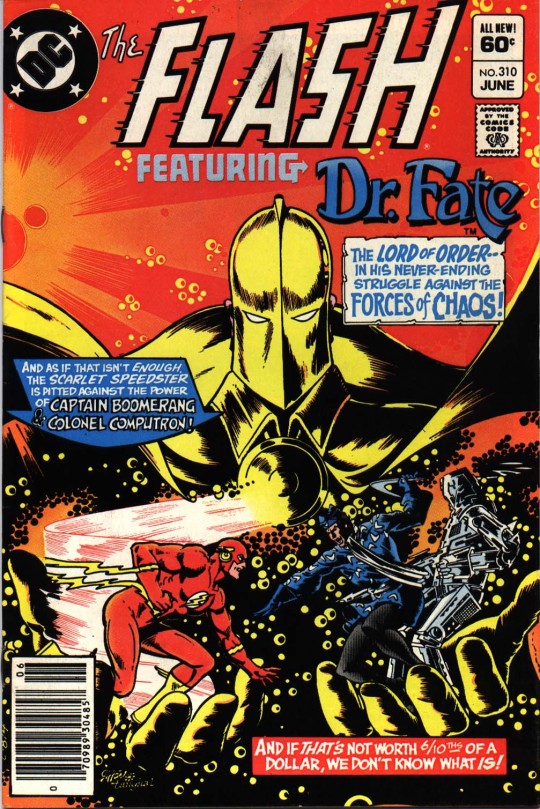
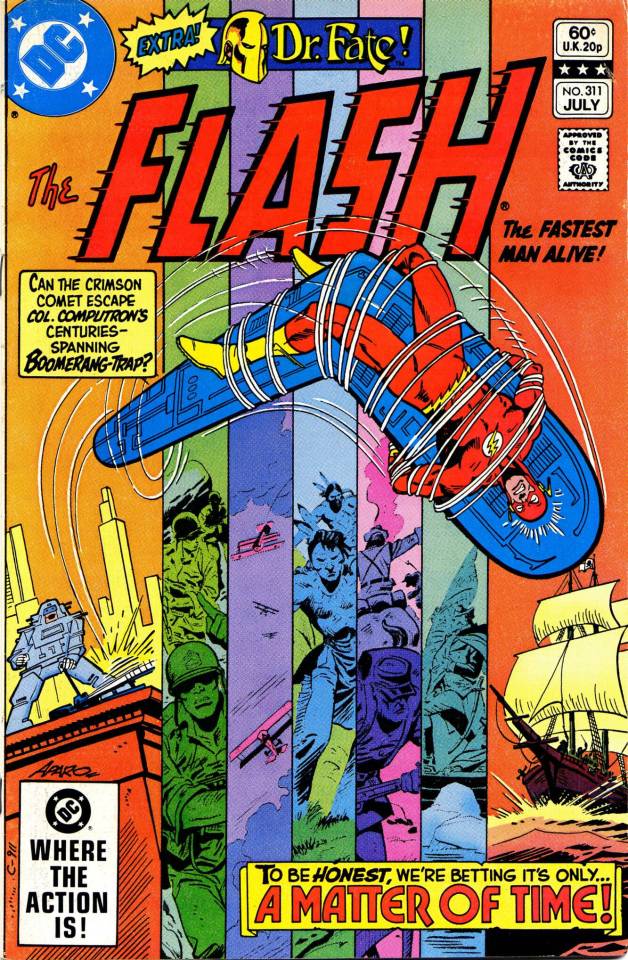


This strip, written by Marty Pasko and Steve Gerber with spectacular art by Keith Giffen and Larry Mahlstedt, presents an array of interesting ideas (some of which obviously paved the way for Giffen's 1987 revamp). Pasko had already established (in the 1975 1ST ISSUE SPECIAL story) that Doctor Fate wasn't exactly Kent Nelson: He was really the ancient Lord of Order Nabu, the entity who trained Nelson in the magical arts, who possessed Nelson's body whenever he put on the Helm of Fate. In other words, the Dr. Fate of these stories isn't so much a man wearing a magical helmet as a magical helmet wearing a man. Nabu has made both Kent and Inza ageless — they both appear about 25, but by this time, they're really in their 60s — but allows them little real control of their lives. Kent has more or less resigned himself to it, but Inza is feeling the strain of being trapped in a magical menage à trois with her husband and an inhuman entity that has little regard for Kent's welfare and even less for hers. Nabu, for his part, seems to exist in a state of constant mystical urgency in which human frailties are an unaffordable distraction.
This could have been really compelling, and it's both graphically interesting and quite strange, but all that is a lot to squeeze into eight-page installments, and having them crammed in the back of one of DC's most conventional superhero books was obviously not optimal. It was also having to compete for Giffen and Mahlstedt's attention with LEGION OF SUPER-HEROES, which I assume was why the Fate strip was dropped after only eight installments.
To everyone's surprise, there was even a Doctor Fate action figure in 1984 as part of the Kenner Super Powers line. This came with a little minicomic, which to my knowledge has never been reprinted:

All of this stuff would add up to something in the realm of 230 pages, which would easily fit into a single trade paperback collection with a digestible price point. Maddeningly, DC has already done the color remastering for roughly three-fifths of this material, so even that probably wouldn't be a huge chore (although the Giffen/Mahlstedt stuff, which has a lot of color holds and graphic effects, really calls for more care in remastering than DC has tended to give its older material of late.)
#comics#doctor fate#dr fate#showcase#world's finest comics#1st issue special#secret origins#dc comics presents#the brave and the bold#brave and the bold#the flash#gardner fox#murphy anderson#denny o'neil#dick dillin#paul levitz#joe staton#mike nasser#walt simonson#martin pasko#steve gerber#keith giffen#larry mahlstedt#alex saviuk#ross andru#dick giordano#neal adams#jim aparo#don newton#hourman
38 notes
·
View notes
Text

Detective Comics #30 (1939) by Bob Kane, Sheldon Moldoff & Gardner Fox
#bruce wayne#batman#detective comics#dc#sheldon moldoff#gardner fox#bob kane#dc comics#comics#30s#30s comics
36 notes
·
View notes
Text

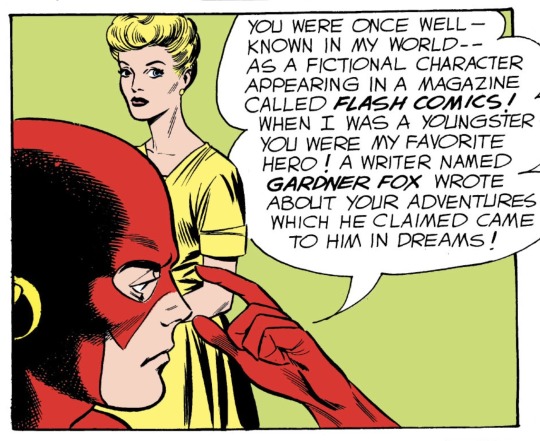
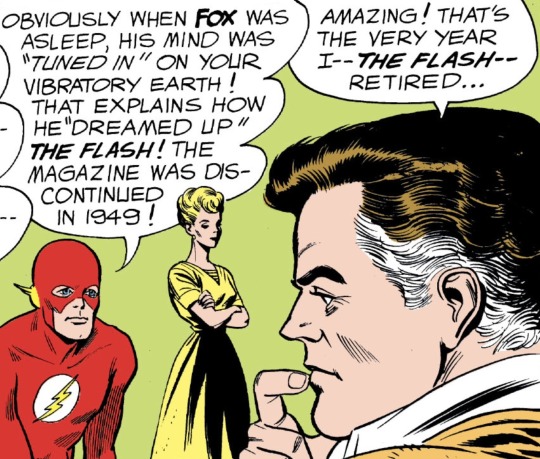
The Flash #123 (1961) by Gardner Fox, Carmine Infantino, Joe Giella, Carl Gafford, and Gaspar Saladino
13 notes
·
View notes
Text

The Poisoned Pussy: An Espionage Novel (1969) by Rod Gray
My name is Eve Drum--The Lady From L.U.S.T.--the sexiest spy in the world. Anything you can do I can do better. They call me Oh Oh Sex, because sex is my favorite weapon, but I'm just as good at Karate, safe-cracking, knife throwing, scuba diving--you name it. Don't tangle with me: I have a license to kill and I don't care if I use my body--or a Beretta. Swing along as I go into action against a supervillain who wants to wreck N.A.T.O. and heat up the Cold War to the flash point. It will blow your mind.
The Lady from L.U.S.T. was a series of erotic spy stories about Eve Drum, aka Agent Oh Oh Sex, who worked for the League of Undercover Spies and Terrorists (L.U.S.T.). Rod Gray was a penname for DC Comics writer Gardner Fox, who created co-characters such as Barbara Gordon and the Flash.
The BPCL has other books in The Lady from L.U.S.T. series:
The Lady from L.U.S.T. (1967)
Lay Me Odds (1967)
The 69 Pleasures (1967)
South of the Bordello (1969)
The Copulation Explosion (1970)
Turned on to L.U.S.T. (1971)
The Browne Popular Culture Library (BPCL), founded in 1969, is the most comprehensive archive of its kind in the United States. Our focus and mission is to acquire and preserve research materials on American Popular Culture (post 1876) for curricular and research use. Visit our website at https://www.bgsu.edu/library/pcl.html.
#bgsu#libraries on tumblr#the poisoned pussy#the lady from lust#the lady from l.u.s.t.#rod gray#gardner fox#vintage paperbacks
14 notes
·
View notes